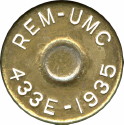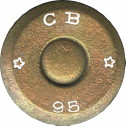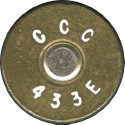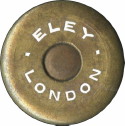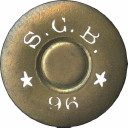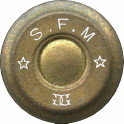It can be said that the story of the .433 Egyptian Remington started in 1820 with Muhammad Ali Pasha, an Ottoman governor who was responsible for founding the first modem military-industrial complex in Egypt. Fast forward a few decades to the end of the American Civil War and the development and subsequent refinement of the Remington Rolling Block action by gunsmith Leonard M. Geiger and Joseph Rider. The period after the Civil War was earmarked by superior arms manufacturing facilities with the capability for mass production, but no orders. Compared to what was available at the time in Europe with Snider-Enfield conversions, Prussian Needle-fire Rifles, the French Chassepot, as well as factories not being able to match the high-quality design and ability for mass production, the Remington Rolling Block was superior in every way. This led to Remington being awarded the silver medal at the 1867 Paris International Exposition.
It was here that Samuel Remington met Khedive Ismail, who happened to be the grandson of Muhammad Ali Pasha and the current ruler of Egypt. The Egyptian military was expanding and modernising at that time and was in the market for a suitable rifle. A committee was formed with mostly American advisers and their unanimous decision was the Remington Rolling Block Rifle and Samuel Remington was invited to Cairo for tests of the rifles and on the 30th of Jube 1869 the first order was placed for 60,000 rifles for the “.43 Egyptian calibre”. The cartridge was based on Remington’s original .44-77 BN (bottle-necked) cartridge, reworked to meet Egypt’s requirement for a unique cartridge of their own.
Dunn J, Remington “Rolling Blocks” in the Horn of Africa. .pdf document, – The American Society of Arms Collectors. Bulletin 71:19-31

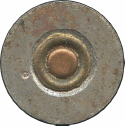

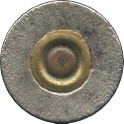

This is the original Egyptian Remington cartridge made by American manufacturer B.C English on the Rodman-Crispin pattern. See also CFR 148 in Hoyem Vol. 2 p. 166.
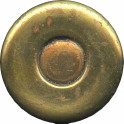
 Board Dummy
Board Dummy 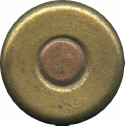

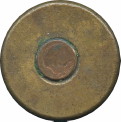

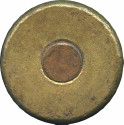

Farrington Primer on US Cartridge Co contract loadings for Egypt. The Farrington primer was used from 1872 – 1882.
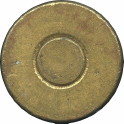

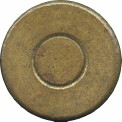

Below are loads by UMC
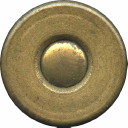

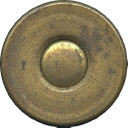
 Blank
Blank 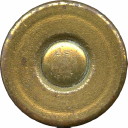
 Shot
Shot
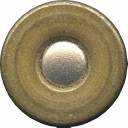

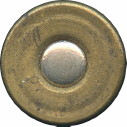

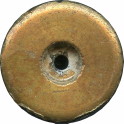

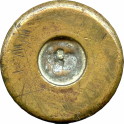

First specimen has a blackened wooden bullet. Second specimen with indented primer was converted to some form of dummy. It is very heavy and was in all probability filled with lead.
Below are anti-riot shot loadings
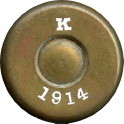

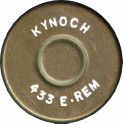

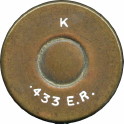

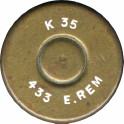

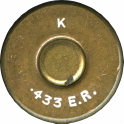

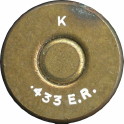


The first specimen above is a new-primed empty case. The second is loaded with anti-riot disks in a lead container. It has a 4-lobed Lead Closure above the disks. This was developed for use in the Sudan.
